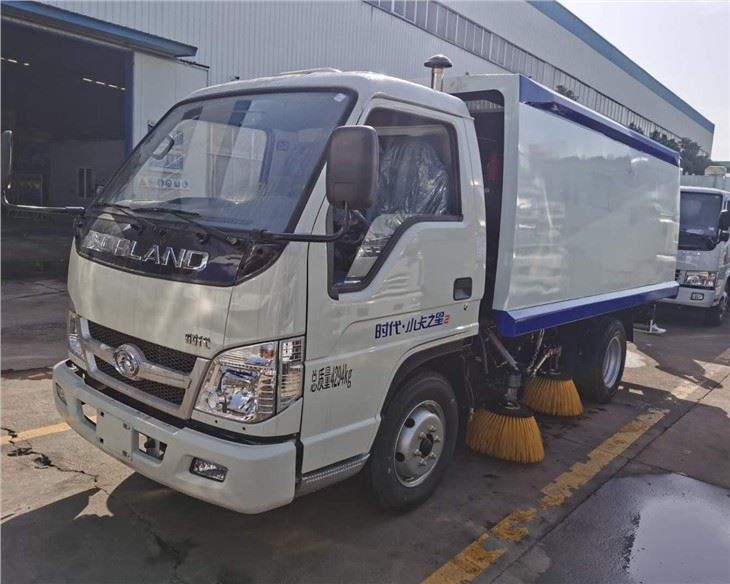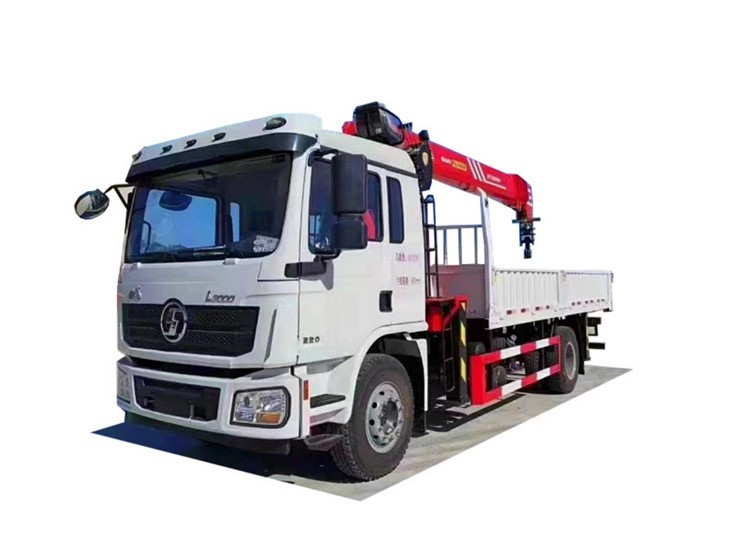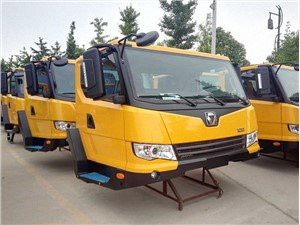The Capacity of 10 Wheel Dump Trucks: Everything You Need to Know

Introduction
Dump trucks are essential vehicles in the construction and mining industries, designed to transport materials efficiently. Among the various types of dump trucks, the 10-wheel dump truck stands out for its unique combination of capacity, stability, and maneuverability. This article delves deep into the capacities, specifications, applications, and considerations of 10-wheel dump trucks, providing valuable insights for contractors, fleet managers, and industry enthusiasts.
What is a 10-Wheel Dump Truck?
A 10-wheel dump truck, often referred to as a “tri-axle dump truck,” typically features three axles: one front axle and two rear axles. This configuration allows it to carry heavier loads while maintaining stability on various terrains. Equipped with a hydraulic dump body, these trucks are designed to unload materials quickly and efficiently, making them indispensable in construction and infrastructure projects.
Key Features of a 10-Wheel Dump Truck
- Tri-axle configuration enhances weight distribution.
- Variety of cab configurations available for operator comfort.
- Hydraulic lift mechanism for effective dumping.
- Can be fitted with different bed sizes for varied loads.
Capacity of a 10-Wheel Dump Truck
The capacity of a 10-wheel dump truck can vary based on several factors including the truck’s manufacturer, model, and configuration. Generally, these trucks have a standard capacity that falls within specific ranges.
Standard Load Capacity
| Truck Model | Capacity (Cubic Yards) | Estimated Weight (Pounds) |
|---|---|---|
| Kenworth T800 | 14 to 16 | 26,000 to 32,000 |
| Freightliner 114SD | 12 to 15 | 25,000 to 30,000 |
| Peterbilt 567 | 14 to 17 | 28,000 to 34,000 |

Most 10-wheel dump trucks can carry between 12 to 18 cubic yards of material, which equates to approximately 25,000 to 34,000 pounds. However, the exact capacity can be influenced by local regulations, which may impose limits based on axle weight distribution.

Factors Affecting Capacity
Several factors can impact the effective load capacity of a 10-wheel dump truck:
- Weight Regulations: Different regions have specific weight limits that trucks must adhere to, which can reduce the effective load capacity.
- Material Type: The density of the material being transported significantly affects how much the truck can carry (e.g., gravel vs. asphalt).
- Truck Configuration: Some modifications, like larger beds or additional axles, can increase capacity but also add weight to the truck.
Common Applications of 10-Wheel Dump Trucks
10-wheel dump trucks are versatile and used in various applications across different industries:
Construction Sites
At construction sites, these trucks are commonly used to haul sand, gravel, and other materials essential for building foundations and structures.
Road Construction and Maintenance
In road construction, 10-wheel dump trucks transport asphalt, road base, and other aggregates crucial for laying down new surfaces and maintaining existing roads.
Landscaping Projects
These trucks are also handy in landscaping, where they can carry soil, mulch, and plants over a significant distance.
Mining and Heavy-Duty Excavation
In mining operations, the ability to carry heavy loads efficiently makes 10-wheel dump trucks vital for moving ore and other mined materials.
Optimal Usage Tips for 10-Wheel Dump Trucks
Regular Maintenance
To ensure maximum performance, regular maintenance of the truck and its components is critical. This includes checking:
- Tires for wear and proper inflation
- Brake systems for responsiveness
- Hydraulic systems for leaks or faults
Proper Loading Techniques
Efficient loading techniques enhance safety and capacity utilization. Follow these steps:
- Distribute load evenly across the bed.
- Avoid overloading beyond legal limits.
- Keep the center of gravity low for better stability.
Fuel Efficiency Considerations
Fuel economy is an important aspect for operators of 10-wheel dump trucks. Here are some tips for improving fuel efficiency:
- Maintain consistent speeds and avoid frequent acceleration and braking.
- Regularly service the engine to ensure optimal performance.
- Utilize GPS technology for efficient route planning.
Weight Distribution and Its Impact on Efficiency
Understanding weight distribution can lead to significant fuel savings. Ensure that loads are properly centered and balanced to prevent unnecessary strain on the engine and driveline.
Different Types of Dump Truck Bodies
The body of a dump truck plays a crucial role in determining its functionality and capacity. Here are a few common types:
Standard Dump Body
A standard dump body is used for general material hauling and is a popular choice for 10-wheel dump trucks.
Side Dump Body
Side dump bodies allow for effective lateral unloading, making them useful for specific construction applications, such as laying down materials along a roadside.
Live Bottom Dump Body
Known for continuous material flow without the need to lift the bed, this type is beneficial for difficult loading or unloading environments.
Choosing the Right Dump Truck for Your Needs
Selecting the most suitable dump truck involves considering various factors, including:
Project Requirements
Analyze the types of materials you will be transporting, as this influences the size and capability of the truck.
Operating Environment
Consideration of the terrains the truck will navigate is crucial. For example, off-road conditions may necessitate larger tires or specific drivetrain configurations.
Budget and Cost-Effectiveness
Budget constraints can influence your decision. Assess the costs of ownership, including fuel, maintenance, and insurance, in relation to your anticipated use.
FAQ Section
1. What is the average lifespan of a 10-wheel dump truck?
The average lifespan of a well-maintained 10-wheel dump truck ranges from 15 to 20 years, depending on usage, maintenance, and operating conditions.

2. Can a 10-wheel dump truck be used for snow removal?
Yes, many 10-wheel dump trucks can be outfitted with plows or snow blowers, making them effective for snow removal operations.
3. What types of materials can a 10-wheel dump truck carry?
A 10-wheel dump truck can transport a wide range of materials, including sand, gravel, asphalt, dirt, and construction debris.
4. Are there regulations for transporting materials with a dump truck?
Yes, local and federal regulations often dictate weight limits and safety standards for transporting materials, which must be adhered to by operators.
5. How do I improve the fuel efficiency of my 10-wheel dump truck?
Fuel efficiency can be improved through regular maintenance, proper loading techniques, and route optimization to avoid unnecessary detours and stops.
6. What is the best use case for a 10-wheel dump truck compared to larger models?
10-wheel dump trucks are best used for smaller construction sites, local roadwork, and landscapes where maneuverability is essential, compared to larger dump trucks which might be necessary for massive construction or mining operations.
